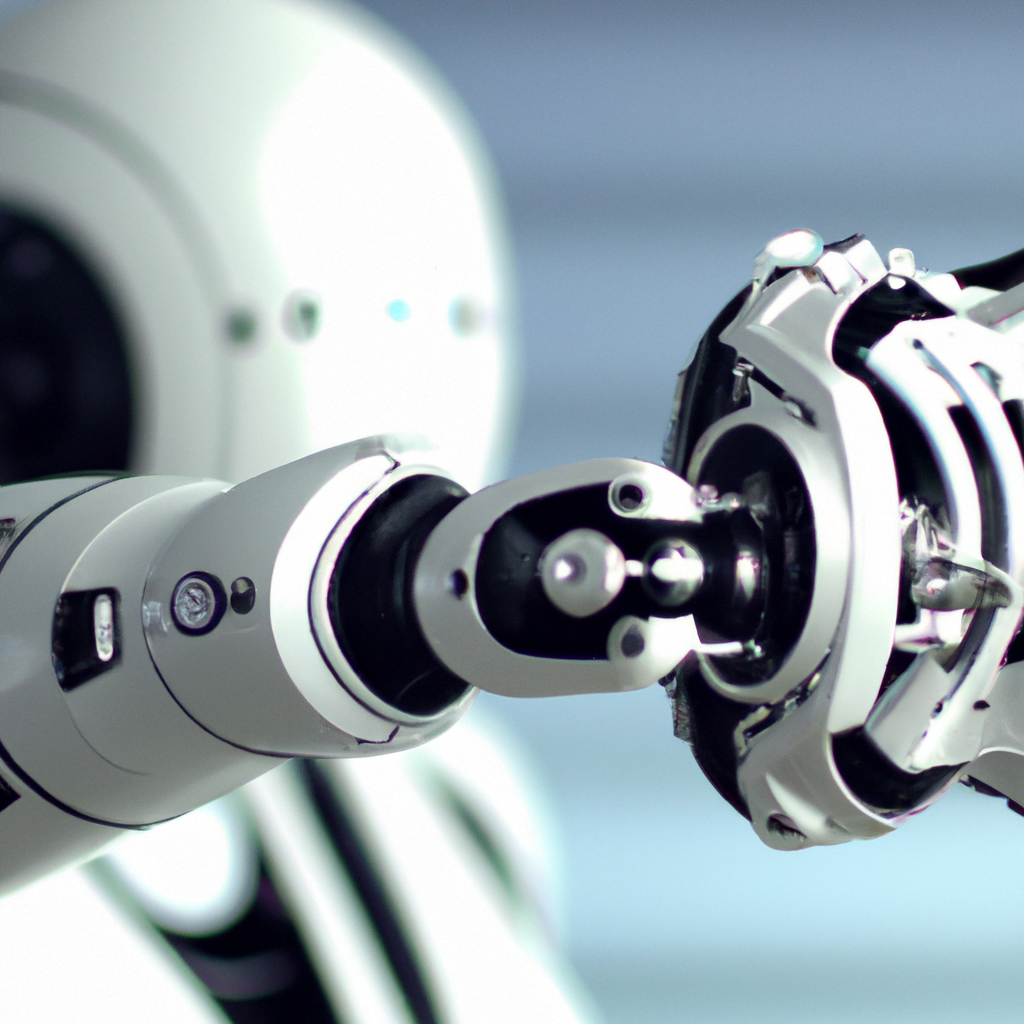Robotics and Education
Robotics and education are two areas that have been rapidly evolving in recent years. As we move towards an increasingly automated future, it’s important that we equip young people with the skills and knowledge they need to succeed in this new world. That’s where robotics education comes in.
Robotics education involves teaching students about the fundamentals of robotics, including how to design, build, and program robots. This type of education can be combined with other subjects, such as math, science, and engineering, to create a well-rounded curriculum that prepares students for the jobs of the future.
One of the main benefits of robotics education is that it encourages critical thinking and problem-solving skills. Students must work through complex problems and come up with creative solutions in order to design and program robots that can complete specific tasks. This type of hands-on learning can be particularly effective for students who may struggle with traditional classroom instruction.

In addition to teaching students about robotics, this type of education can also have a positive impact on their overall academic performance. Studies have shown that students who participate in robotics programs tend to have higher levels of engagement and motivation, which can translate into better grades and test scores.
But robotics education isn’t just about preparing students for the workforce. It can also have important implications for society as a whole. As robots become increasingly common in our daily lives, it’s important that people understand how they work and what they’re capable of. By teaching students about robotics, we can create a more informed and tech-savvy population.
Of course, there are challenges to implementing robotics education on a large scale. For one thing, it can be expensive to purchase the equipment and materials needed to teach robotics. Additionally, not all teachers have the necessary skills and training to teach this subject effectively.
Despite these challenges, many schools and educational organizations are embracing robotics education as a way to prepare students for the future. By combining robotics with other subjects, such as math and science, we can create a curriculum that is engaging, challenging, and prepares students for the jobs of tomorrow.
In conclusion, robotics education is an exciting and important field that has the potential to revolutionize the way we think about education. By combining robotics with other subjects, we can create a curriculum that prepares students for the challenges of the future while also encouraging critical thinking and problem-solving skills. With the right investment and support, robotics education could play a key role in shaping the workforce and society of tomorrow.






